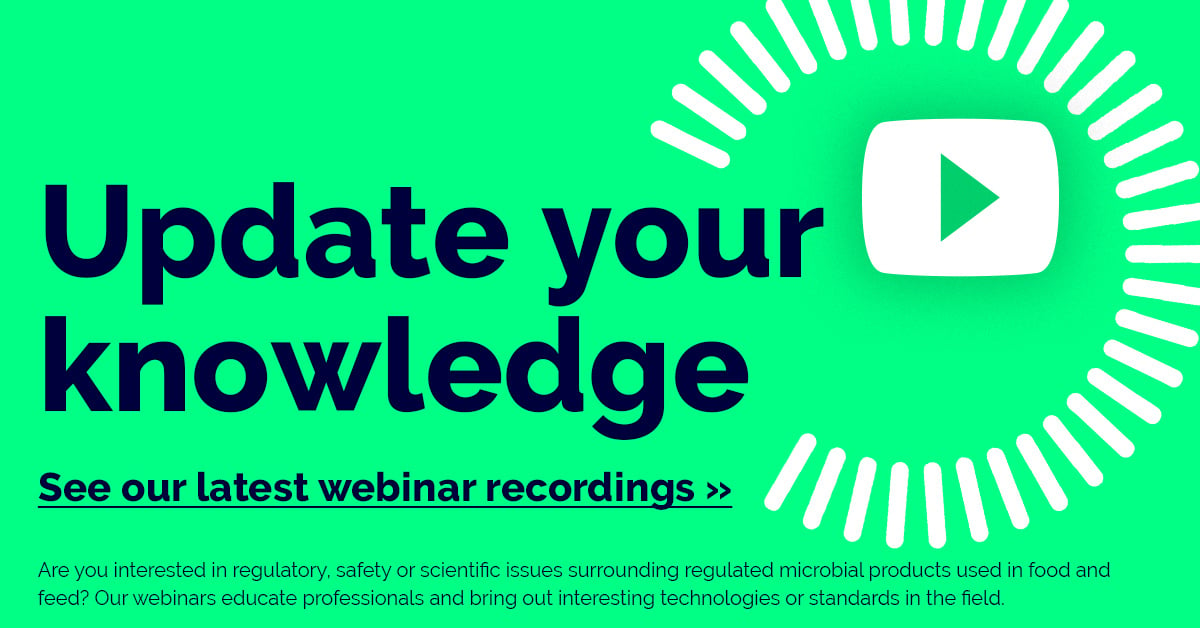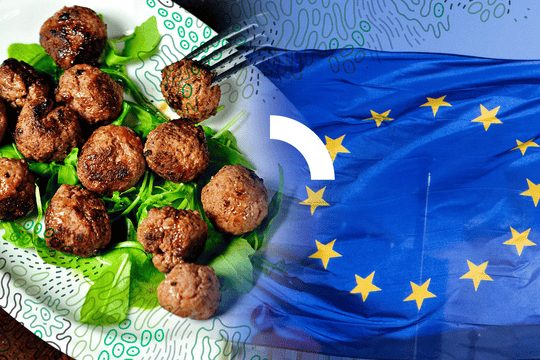
In the Chinese zodiac, this year marks the year of the Tiger, which is said to mean big changes. Inspired by this, we have made a wishlist of changes for 2022. An end to the worldwide pandemic would of course be at the top of that list. But that aside, there are three changes we would like to see happen this year in the field of EU regulations affecting our favourite industry: biotechnology.
New genomic techniques
New genomic techniques (NGT), such as CRISPR, have the potential to produce genetic modifications which are more precise than those made using established genomic techniques or conventional breeding. NGTs enable targeted modifications (insertions, mutations or deletions) in the desired locus of the genome. In many cases, similar modifications can occur naturally, and the technique does not leave exogenous DNA in the modified organism.
Even though modifications obtained using NGTs can’t be detected or distinguished from modifications occurring in nature, the European Court of Justice ruled, in 2018, that organisms obtained by NGTs are to be regarded as genetically modified organisms and thus fall under the GMO legislation. Following that judgement, the European Commission published a study on NGTs, acknowledging problems in the regulatory system, including a negative impact on research and innovation on NGTs.
Biosafe not only wishes, but actively contributes to a more science-based regulatory framework concerning NGTs, and in spreading science-based views on genetic engineering overall. The potential and expectations placed on NGTs can only become a reality when they are given a chance. It is of utmost importance to the scientists, industry, and society that Europe takes its place leading the development of new products and innovations in biotechnology. Our wish is for that change to start in 2022.
Transparency Regulation
Regulation (EU) 2019/1381, or the Transparency Regulation has been in effect since March 2021. In 2021, we experienced an extensive training programme and a set of webinars arranged by the European Food Safety Authority EFSA, to ensure that applicants, laboratories and third parties know how EFSA implements the Regulation and how new tools and portals are used.
Despite their efforts, many implications of the Regulation are still opaque. A lot of extra administrative work has fallen on all parties involved. Many companies and laboratories are not even aware of the Regulation. Similarly to the regulatory framework for genomic techniques, the Transparency Regulation may have a negative impact on the willingness of the industry to introduce new products to the European market, since there is uncertainty whether information considered to be confidential by the industry will remain confidential. For example, there is uncertainty if and when genomic data should be submitted to EFSA.
On the positive side, EFSA is making improvements to their portals and over time users will become acquainted with the practises. We wish for our concerns to be addressed and for the European Union to protect the interests of the biotech industry, which is key in transforming the EU into a sustainable resource-efficient economy.
Food and feed innovations
Our third wish is for a great many new food and feed products to start the process of seeking authorization. Too often we hear that many innovations never leave universities or other scientific institutions just because the regulatory requirements require too much time and money. However, we have happily witnessed a tremendously positive buzz around alternative proteins and investing in biotechnology overall. Regulatory hurdles can be overcome, when you have the right professionals working with you. Biosafe is happy to help when the time comes for innovation to go to market.
Let's hear your wishlist for 2022.

Read more about Food safety regulations:
Food safety regulations in the European Union »
Topic:










